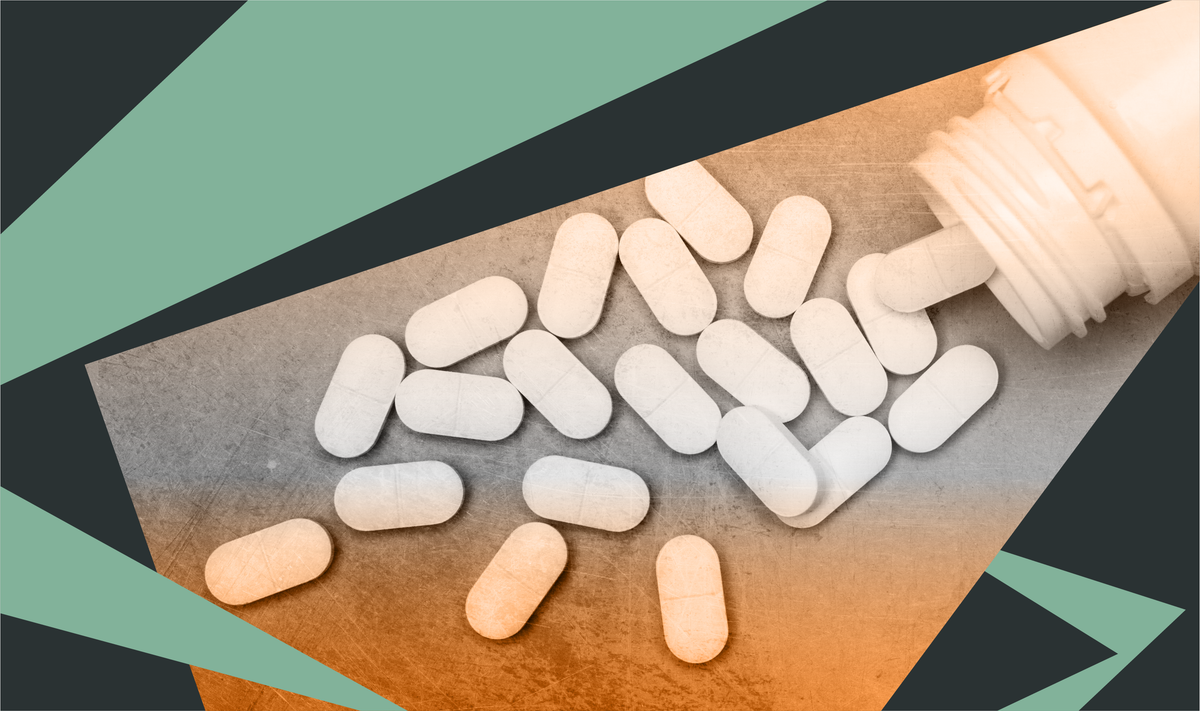Two popular videos highlight how naloxone saves lives
Plus, conversations about kratom continued.

Plus, conversations about kratom continued.
Two recent TikTok videos sparked conversation about naloxone, with commenters discussing its availability in public spaces and the risk of children being accidentally exposed to opioids. Meanwhile, the herbal supplement kratom continued garnering attention, and many social media posts expressed conflicting views on whether it is a safe way to manage opioid withdrawal symptoms.
In light of these discussions, communicators may recirculate information about naloxone, explain how to safely store and dispose of opioids, and reiterate that kratom is unregulated and carries risks.

Insights brought to you by the reporters and science writers of Public Good News (PGN), a nonprofit newsroom dedicated to improving community health.
What’s trending nationally in conversations about substance use
On August 24, a TikTok user shared a video discussing the importance of free naloxone. Her video was a response to another video in which a TikTok user expressed dismay about a naloxone vending machine in her local library and said, “Do you really think they put that machine in the library for people like your grandma?” The responding TikTok user explained that naloxone can be lifesaving for people who use opioids, including adults of all ages who are prescribed opioids by a doctor, garnering approximately 60,000 likes, 600 shares, and 2,000 comments as of August 27. Commenters overwhelmingly expressed support for vending machines that provide free naloxone in public spaces. Many shared anecdotes about loved ones who were prescribed opioids, accidentally overdosed, and were saved by naloxone.
On August 20, a preschool nurse shared a TikTok video responding to a commenter who asked why she has naloxone in her office since she works with young children. The nurse outlined how naloxone works and explained that she has it on hand because “opioids can end up anywhere” and “kids are curious.” She also noted that teachers and parents at the school could need naloxone. Commenters discussed how children can be exposed to opioids and how adults can accidentally overdose on prescribed opioids, noting that it’s “better to be safe than sorry.” Several noted that they carry naloxone in case it’s needed.
Last week, many social media posts across platforms continued discussing kratom. Some shared personal stories about experiencing withdrawal symptoms after stopping kratom, and others asked how to use kratom without developing a dependence. Some comments advocated for using kratom to manage opioid withdrawal, while others said that no amount of kratom is safe.

Recommendations brought to you by the health communication experts behind Infodemiology.com.
Recommendations for public health professionals
Each week, the Infodemiology.com team will provide messaging recommendations in response to some of the trending narratives outlined above. These helpful tips can be used when creating content, updating web and FAQ pages, and developing strategy for messaging about opioids.
In response to conversations about naloxone, messaging may explain that naloxone is a medication that can reverse an opioid overdose. Communicators may stress that opioid use disorder and accidental overdoses can happen to anyone, including those who are prescribed opioids by a doctor. Messaging may outline the signs of an opioid overdose and how to respond. Directing people to any local vending machines or harm reduction programs that offer free naloxone is recommended. Communicators may want to note that naloxone is also available for purchase over the counter at pharmacies and other retailers.
In light of concerns about children being exposed to opioids, communicators may explain how to safely store opioids at home and how to dispose of them. Messaging may stress that opioids should be kept in their original packaging in a locked container out of children’s reach. Communicators may also share tips for caregivers who are talking to children and teens about medication safety and drug use.
As online conversations about kratom persist, messaging may stress that the DEA lists kratom as a “drug and chemical of concern,” which means that consuming it can potentially lead to substance use disorder. Kratom can also cause serious side effects like liver damage, dizziness, trouble breathing, seizures, and delusions. Communicators may emphasize that while kratom is legal in most states, it is not regulated by the FDA as an approved medication or supplement. Sharing information about approved medications for opioid use disorder, local drug treatment centers, recovery groups, therapist directories, and SAMHSA’s National Helpline (1-800-662-HELP) is recommended.
